Archives
- 2025-10
- 2025-09
- 2025-03
- 2025-02
- 2025-01
- 2024-12
- 2024-11
- 2024-10
- 2024-09
- 2024-08
- 2024-07
- 2024-06
- 2024-05
- 2024-04
- 2024-03
- 2024-02
- 2024-01
- 2023-12
- 2023-11
- 2023-10
- 2023-09
- 2023-08
- 2023-07
- 2023-06
- 2023-05
- 2023-04
- 2023-03
- 2023-02
- 2023-01
- 2022-12
- 2022-11
- 2022-10
- 2022-09
- 2022-08
- 2022-07
- 2022-06
- 2022-05
- 2022-04
- 2022-03
- 2022-02
- 2022-01
- 2021-12
- 2021-11
- 2021-10
- 2021-09
- 2021-08
- 2021-07
- 2021-06
- 2021-05
- 2021-04
- 2021-03
- 2021-02
- 2021-01
- 2020-12
- 2020-11
- 2020-10
- 2020-09
- 2020-08
- 2020-07
- 2020-06
- 2020-05
- 2020-04
- 2020-03
- 2020-02
- 2020-01
- 2019-12
- 2019-11
- 2019-10
- 2019-09
- 2019-08
- 2019-07
- 2019-06
- 2019-05
- 2019-04
- 2018-07
-
Quercetin competitively inhibited BFC activity in human
2020-07-14
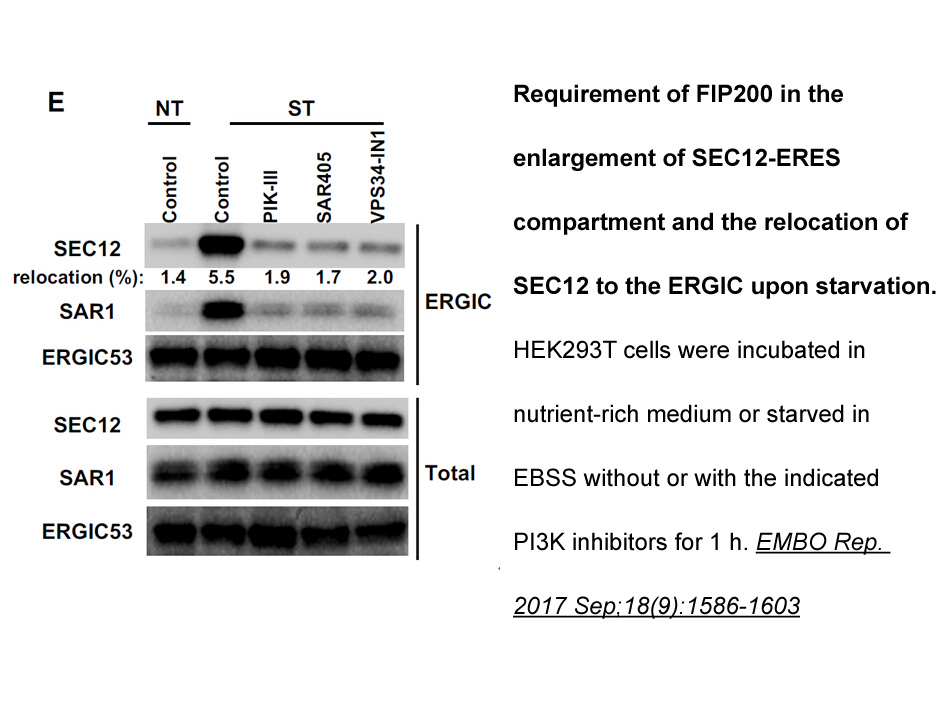
Quercetin competitively inhibited BFC activity in human recombinant cDNA-expressed CYP3A4 with Ki=15.4±1.52μM, and myricetin noncompetitively with Ki=74.6±7.99μM (Fig. 4). The degree of inhibition by quercetin was not affected by a pre-incubation step and was similar in the microsomes from both gend
-
Some limitations of this study must
2020-07-14
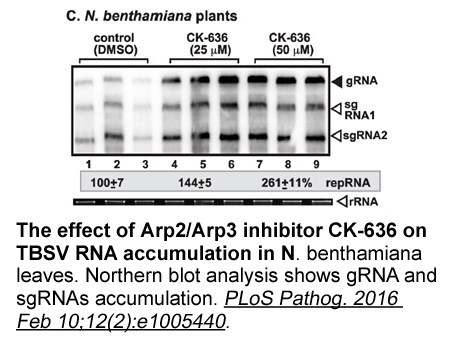
Some limitations of this study must be noted. First, since the pretransplant evaluation of the T-cell immune response was performed just before transplantation, we cannot establish whether samples obtained at different times before the transplant would offer similar results, since end terminal disea
-
Nevertheless because of the preclinical work and the
2020-07-14
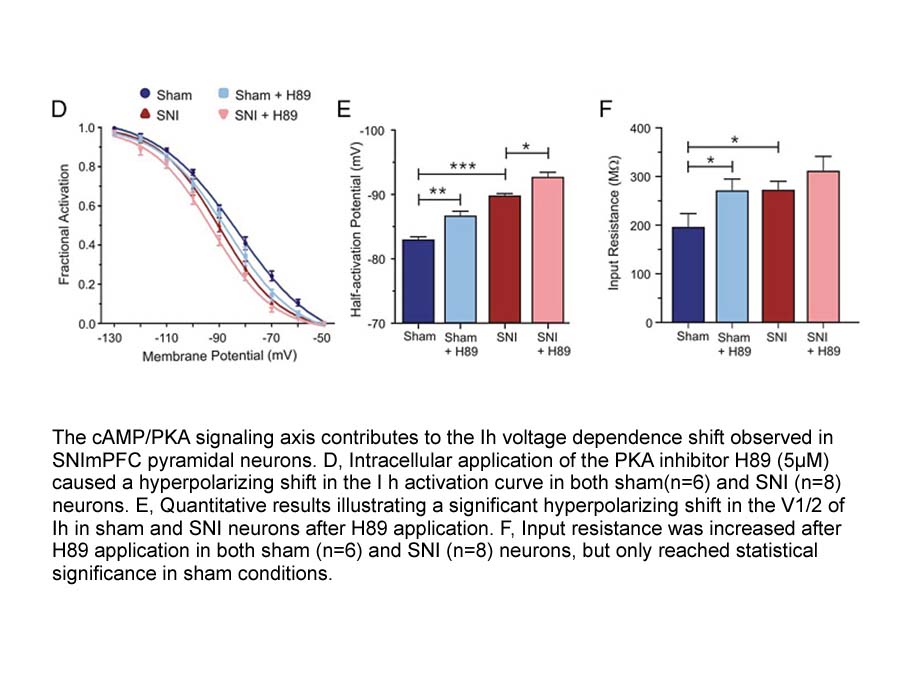
Nevertheless, because of the preclinical work and the interference with EWS–FLI1 transcriptional activity, we believe that there may be a role for ET-743 in Ewing sarcoma. An analysis of the pharmacokinetic data published in the phase II clinical trial shows that at most the drug spent 5 to 6days ou
-
br Results and discussion br Conclusion Analogues of triazol
2020-07-13
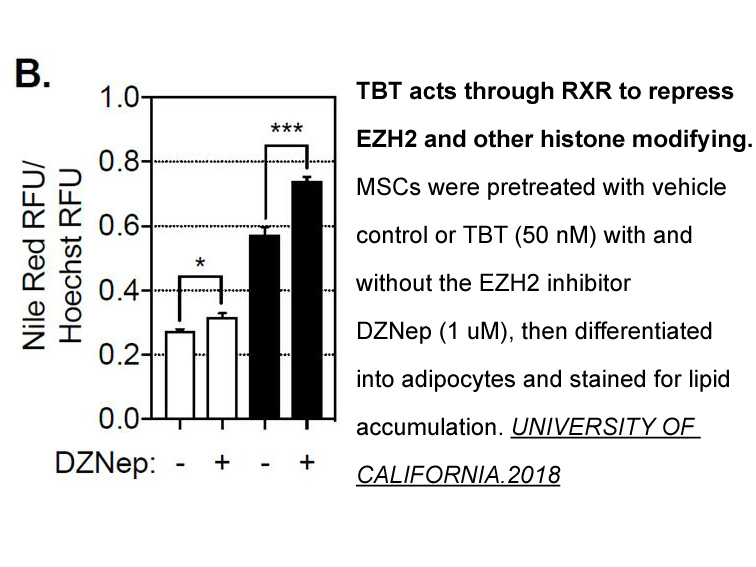
Results and discussion Conclusion Analogues of 1,2,4-triazole and 1,3,4-oxadiazole have been designed, synthesized and characterized. To avoid late stage failure, it is important to study the preliminary pharmacokinetic parameters. The results of pharmacokinetic data suggested that, all molecu
-
transferase The identification of CRF receptor subtypes has
2020-07-13
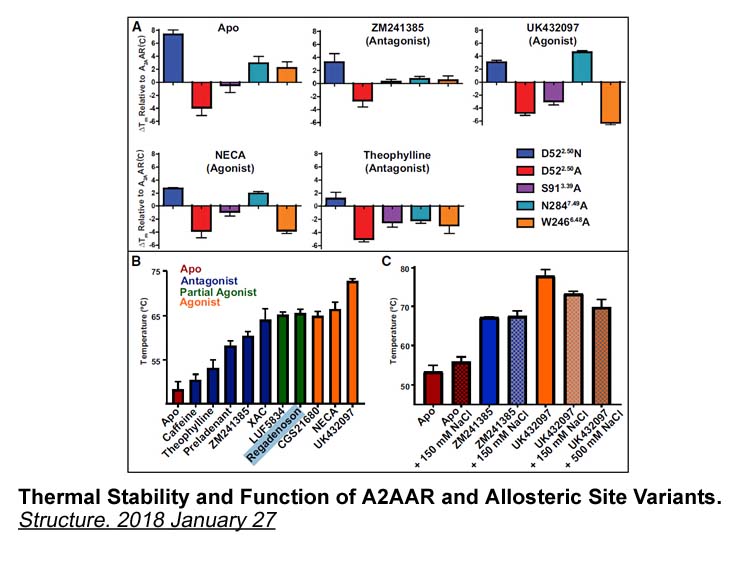
The identification of CRF transferase subtypes has led to a number of studies addressing its functional properties. This paper examines the evidence for CRF1 and CRF2 mediation of fear and anxiety. Recent reviews discussing specific CRF receptor functions associated with other conditions including e
-
br Introduction Ewing s sarcoma ES is a mesenchymal
2020-07-13
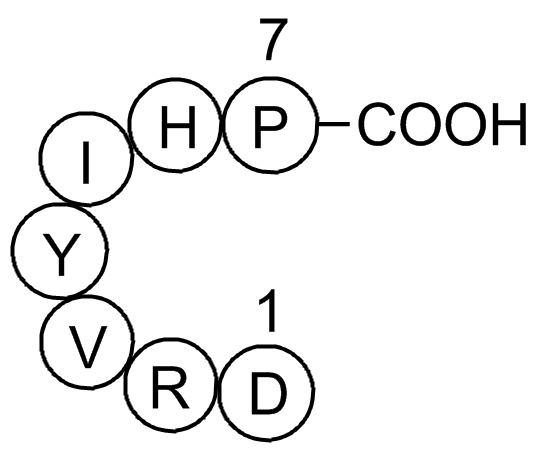
Introduction Ewing’s sarcoma (ES) is a mesenchymal tumor characterized by small, round, blue cells, and is poorly differentiated and highly malignant [1]. While ES typically arises in bone and soft tissue, rare primary extraosseous manifestations of ES have been reported throughout the body [2].
-
br Methods Ventricular cardiomyocytes from adult male
2020-07-13
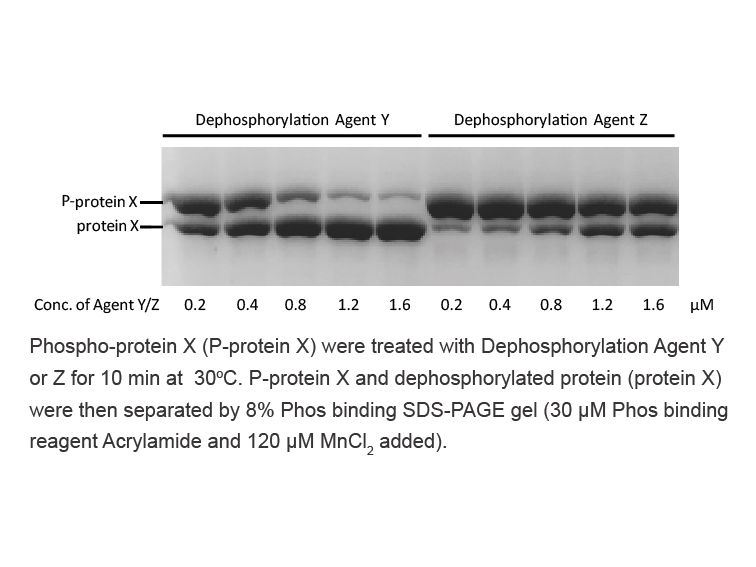
Methods Ventricular cardiomyocytes from adult male Wistar rats were isolated using a standard enzymatic digestion [11]. Cells were incubated at 37°C for 4 to 6h with Tyrode solution (in mM: 140 NaCl, 4 KCl, 1.1 MgCl2, 10 HEPES, 10 glucose, 1.8 CaCl2; pH7.4, with NaOH) supplemented or not with 10μ
-
Although the reasons why viral RNA does not
2020-07-13

Although the reasons why viral RNA does not bind to and activate PKR in WNV-infected cells are not known, some of the known characteristics of flavivirus infections provide possible clues. The viral lcz696 mg protein forms dimers that associate with ER membranes and viral RNA (Lindenbach et al., 20
-
br In half a century
2020-07-13
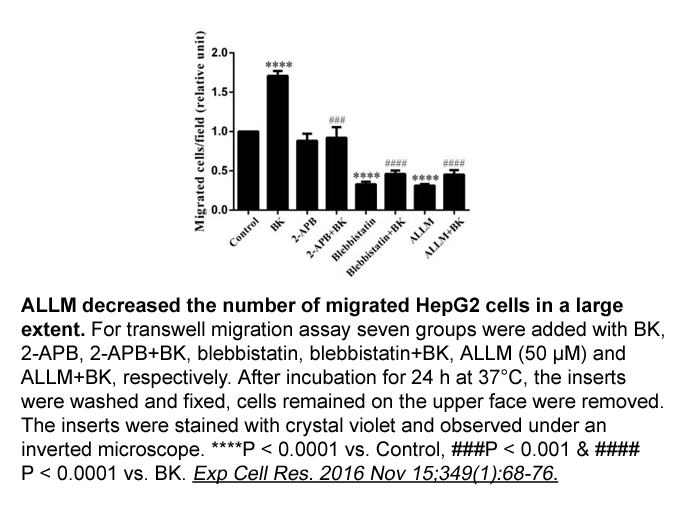
In 2015–2016, half a century after its first biochemical characterization as a template-independent polymerase, it was shown that TdT can, firstly, assemble a DNA synapsis by itself, optimally with one micro-homology base-pair between strands [] and secondly, perform a template-dependent nucleotid
-
NS 1619 The larger eukaryotic ligases such as LigI
2020-07-13
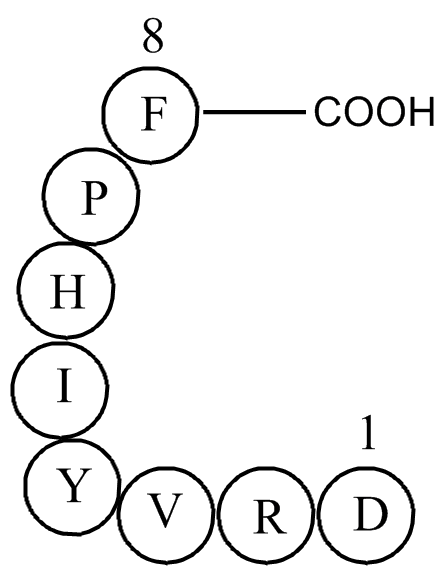
The larger eukaryotic ligases, such as LigI and LigIV, also possess an additional N-terminal DNA-binding domain (DBD) that is required for efficient ligation (Fig. 1c) and enables these ligases to encircle DNA [17]. An equivalent helix–hairpin–helix domain is also present in the bacterial NAD-depend
-
Keeping the cofactor content oligomeric state subcellular lo
2020-07-13
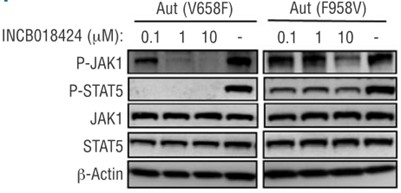
Keeping the cofactor content, oligomeric state, subcellular localization, and membrane association in view, DHODH has been broadly divided into two classes, class 1 and class 2 [26], [27]. In many species it is present to either cytoplasm (Class 1) or to the inner mitochondrial membrane (or plasma m
-
The first example of a broadly
2020-07-13
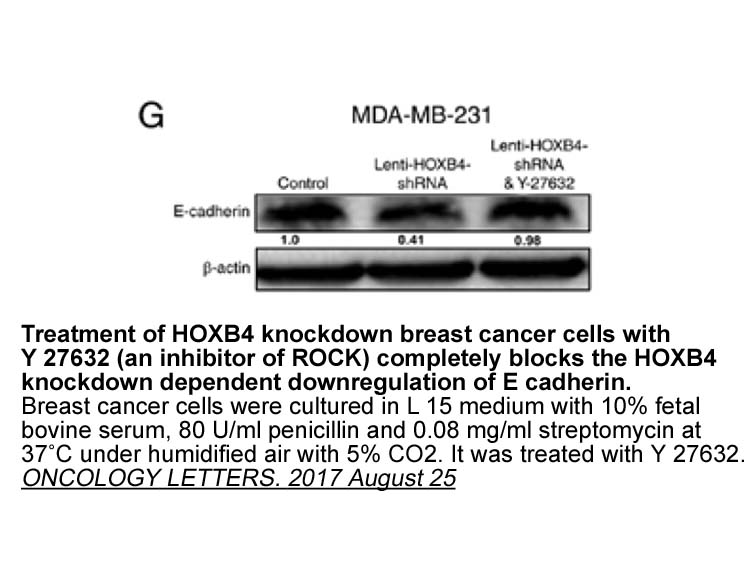
The first example of a broadly-acting antiviral drug is ribavirin, a nucleoside analogue that was proposed to act directly at the level of the viral polymerase, although an indirect effect via inhibition of the host-cell IMP dehydrogenase and depletion of the GTP pool seems more plausible [9]. Anoth
-
NP118809 It has been shown that DAPK induces
2020-07-13
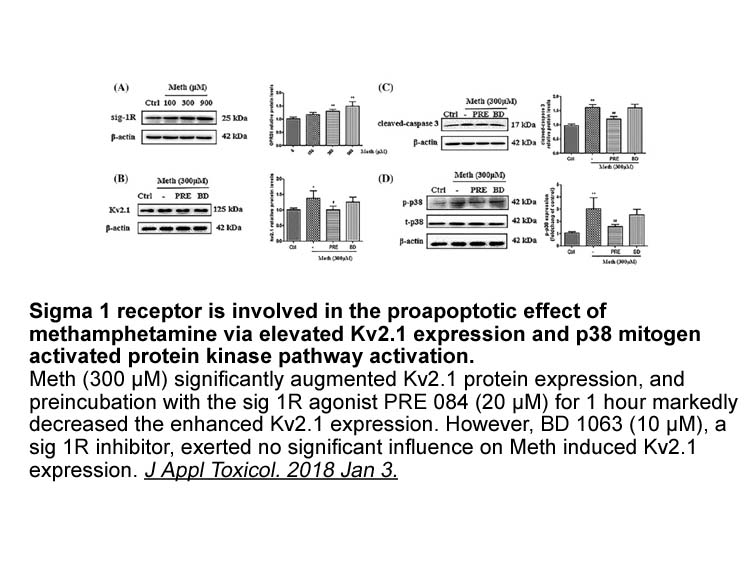
It has been shown that DAPK induces cell death through an increase in DAPK catalytic activity and subsequent phosphorylation of target proteins (Shang et al., 2005, Yamamoto et al., 2002), but its multidomain structure enables also a close physical interaction with other proteins (Bialik and Kimchi,
-
In this study cell migration in response to LTD
2020-07-13
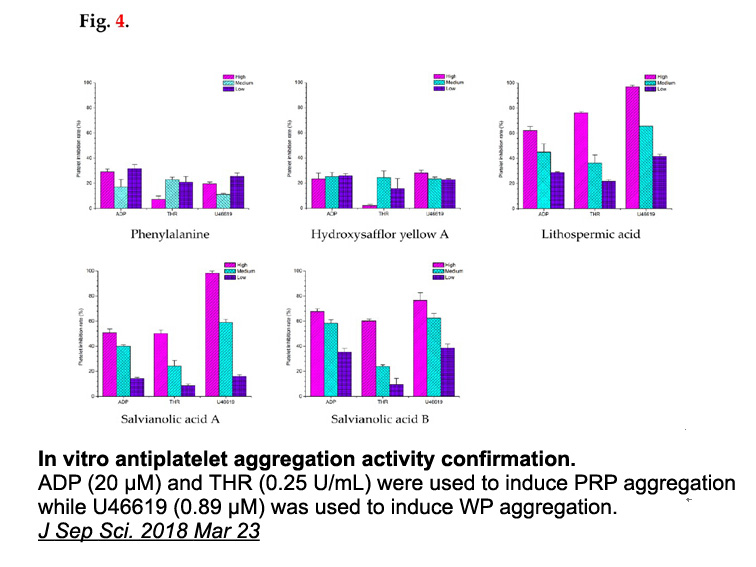
In this study, cell migration in response to LTD4 exhibited a typical bell-shaped dose-response curve with optimal activity at 10 nM. However, the effect of inhaled CysLTs on airway inflammatory cells in vivo has not been widely reported to date, therefore, the role of CysLTs in the development of a
-
COMT protein expression was investigated as a potential
2020-07-13
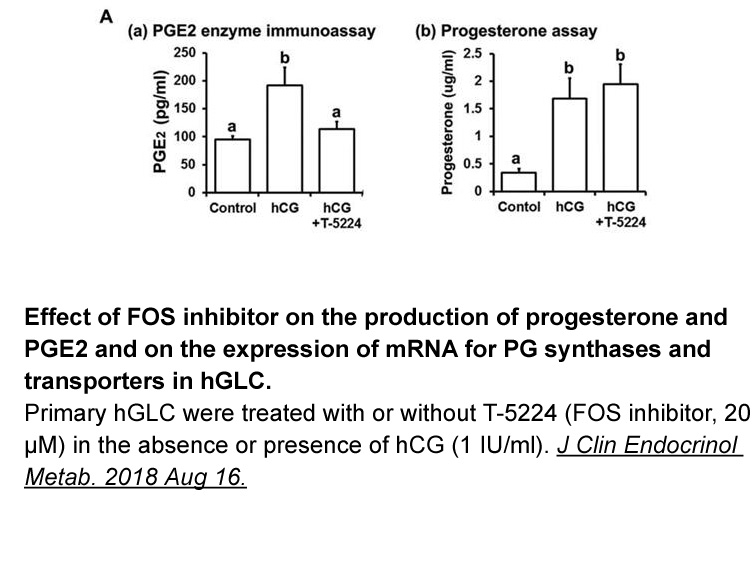
COMT protein VUF 11207 fumarate was investigated as a potential mechanism by which tolcapone may differentially affect male and female P and Wistar rats. COMT protein levels in the PFC were lower in P rats compared to Wistars but female P rats expressed greater levels of COMT in the PFC relative to
15828 records 821/1056 page Previous Next First page 上5页 821822823824825 下5页 Last page